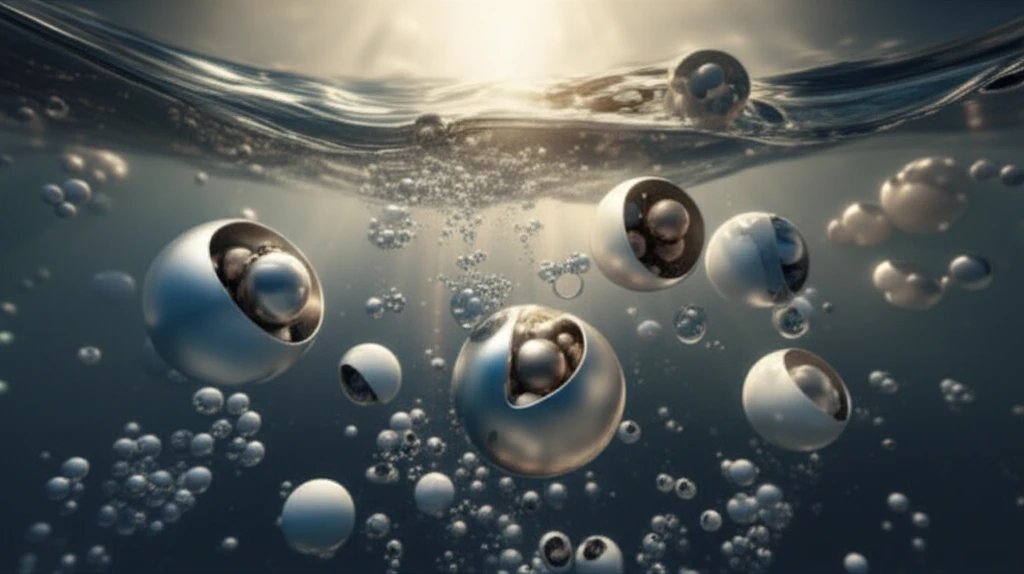
Can This Tiny Tech Clean Our Water? Novel Nanoparticles Show Promise
"Scientists are exploring innovative ways to tackle water pollution using advanced nanomaterials. A new study highlights the potential of Ag/TiO₂ hierarchical hollow spheres in enhancing photocatalytic water purification."
Access to clean water is a growing concern, and scientists are constantly seeking innovative solutions to combat water pollution. Among the most promising materials for this task is titanium dioxide (TiO₂), known for its ability to harness sunlight and break down harmful contaminants. However, TiO₂ has limitations, prompting researchers to explore ways to enhance its performance.
One approach involves combining TiO₂ with other materials, such as silver nanoparticles (Ag NPs). These composite materials can improve the efficiency of TiO₂ in capturing light and separating electrons, which are crucial for breaking down pollutants. A recent study published in the Journal of Nanoscience and Nanotechnology investigates the creation and application of a novel Ag/TiO₂ composite material in the form of hierarchical hollow spheres.
This article breaks down the research, explaining how these Ag/TiO₂ hollow spheres are synthesized, how they work to purify water, and why they might be a significant step forward in addressing water contamination issues. We'll explore the science in an accessible way, highlighting the potential impact of this technology on our environment.
How Do These Tiny Spheres Clean Water?

The key to the effectiveness of these Ag/TiO₂ hollow spheres lies in their unique structure and composition. The researchers created these spheres using a chemical deposition method, carefully combining silver nanoparticles with TiO₂ to form a hierarchical, hollow structure. This design offers several advantages:
- Increased Surface Area: The hollow sphere design maximizes the surface area available for contact with pollutants in the water, allowing for more efficient degradation.
- Enhanced Light Absorption: The addition of silver nanoparticles improves the material's ability to absorb visible light, a crucial component of sunlight. This broader light absorption leads to more efficient activation of the photocatalytic process.
- Reduced Electron-Hole Recombination: Silver nanoparticles act as electron acceptors, effectively separating electrons and holes generated by light absorption. This separation reduces the rate at which these particles recombine, increasing the time they have to react with and break down pollutants.
The Future of Clean Water?
The development of Ag/TiO₂ hierarchical hollow spheres represents a promising advancement in photocatalytic water purification. By combining the unique properties of TiO₂ and silver nanoparticles in a carefully designed structure, researchers have created a material with enhanced efficiency and reusability.
<ul><li><b>Higher Surface Area:</b> Ag/TiO₂ hollow spheres have a higher surface area compared to P25, leading to more contact between the catalyst and pollutants.</li><li><b>Increased Light Absorption:</b> The addition of Ag NPs enhances the absorption of visible light, improving the overall efficiency of the photocatalytic process.</li><li><b>Reduced Electron-Hole Recombination:</b> Ag NPs facilitate the separation of electrons and holes, preventing their recombination and increasing their availability for pollutant degradation.</li></ul>
While further research is needed to optimize the production and application of these materials, the results suggest a potential pathway toward more effective and sustainable water purification technologies. This innovation could contribute significantly to addressing the global challenge of providing access to clean and safe water sources.
